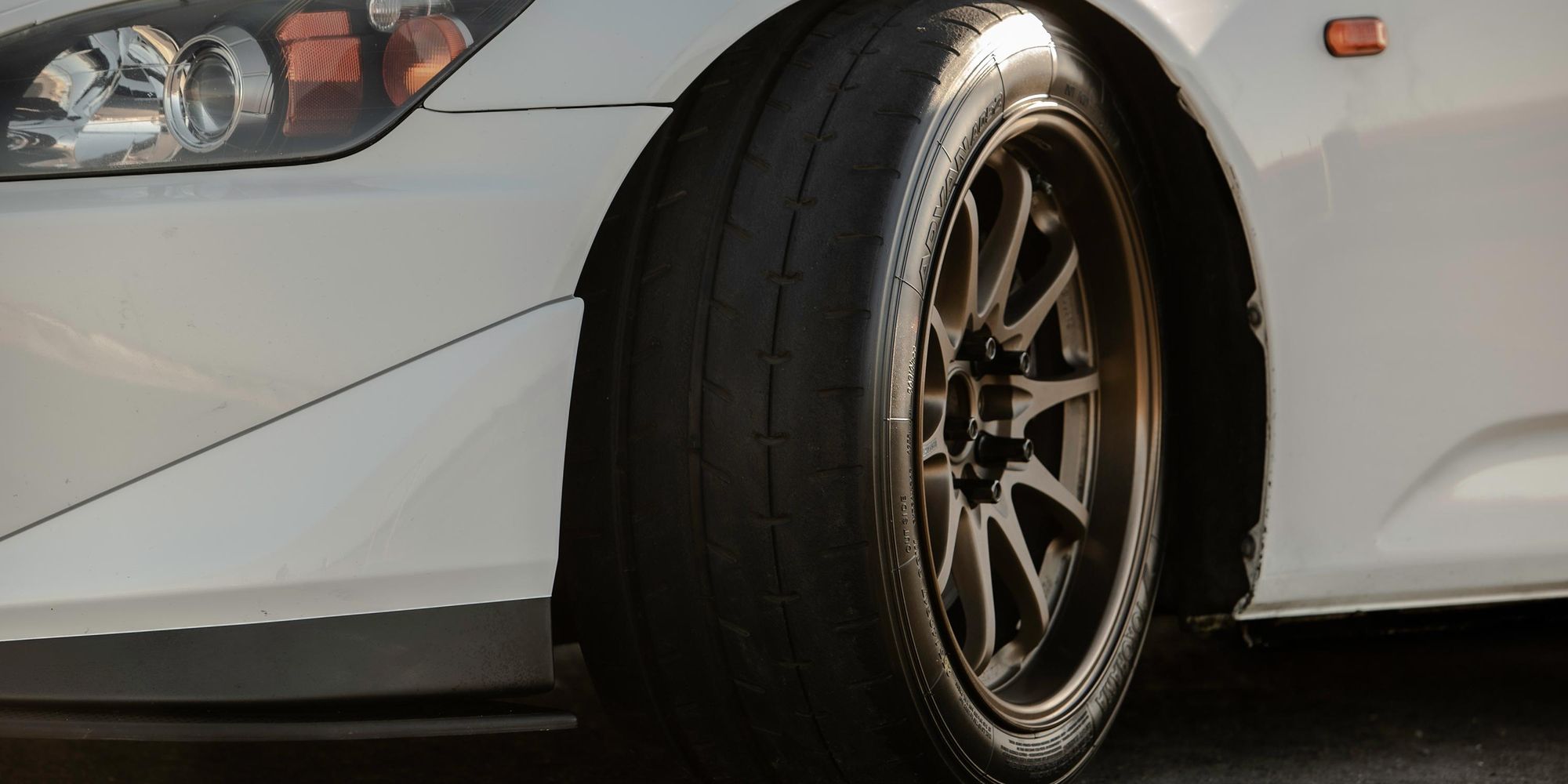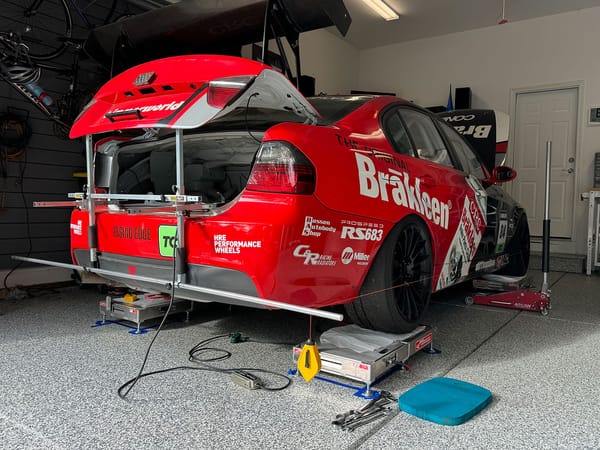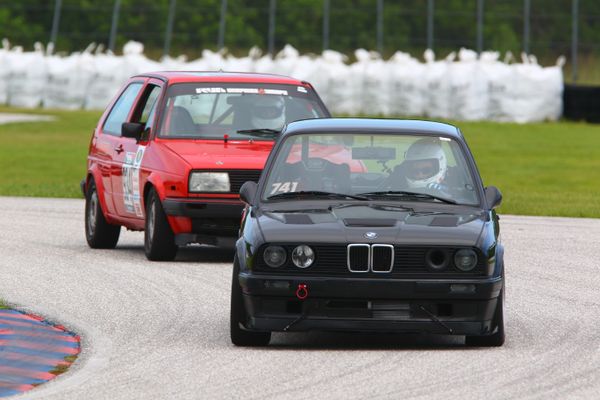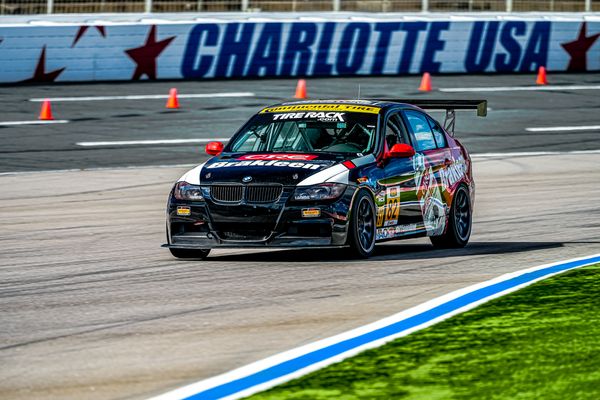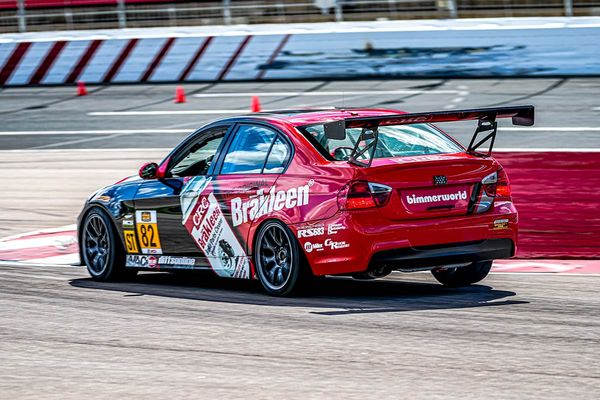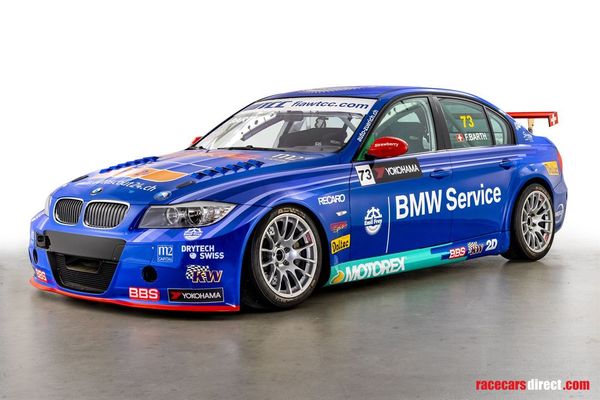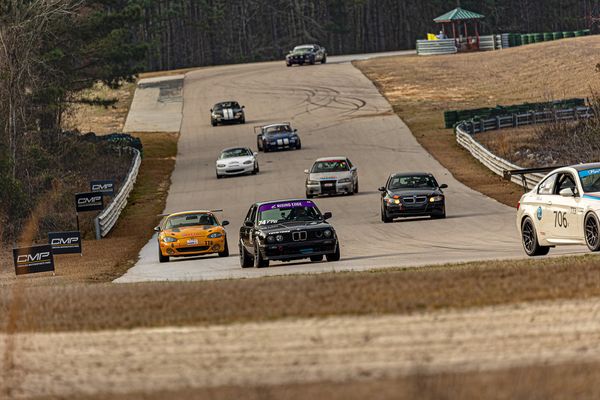As detailed in my recent post about Tire Parity in NASA Racing, there are new rules for NASA's power to weight racing classes (ST and TT) intended to create better parity between the bevy of tire choices. Thankfully these new rules are not based on manufacturer's claimed treadwear or sizing numbers, which don't really mean anything at all.
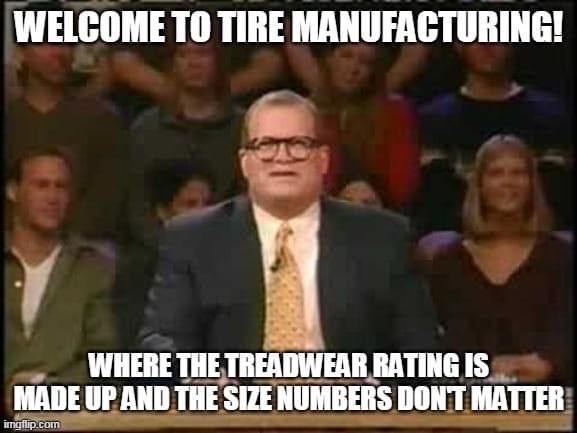
The short version of the story is that in the +1.6 modifier group of tires, there are two clear winners in the Toyo RR and Maxxis RC-1 tires. These tires are both ~100tw DOT competition semi-slicks, and for all intents and purposes they are very similar tires. Previously a +0.6 modifier, these tires are definitely a more compelling alternative to Hoosiers now that they are +1.6.
But what about the +1.0 modifier group of tires? In my opinion, this group ended up somewhat as a no man's land of tires. While there are some great tires in there, many of them probably belong in the +1.6 camp and just haven't been grouped there yet (in the interest of "starting out conservatively"). There just doesn't seem to be much in there that is more compelling than a Toyo RR or Maxxis RC-1 when it comes to pace, consistency, and price, unless you simply want a 200tw street tire that is going to last longer than the semi-slicks (a noble-enough reason!).
There is, however, one tire that seemed intriguing to me from the +1.0 list: the Yokohama A052. In the ~3 years since that tire has been released, it has become almost mythical in it's capabilities (Hoosier-like grip from a 200tw?). It is a very popular choice for Time Attack classes where "street" tires are required, such as Global Time Attack. They are said to have instant grip, with little to no warm up needed. Just go out and lay down a banger.
Of all of the track tires that Grassroots Motorsports has tested, they rank the A052 amongst the highest of any option.
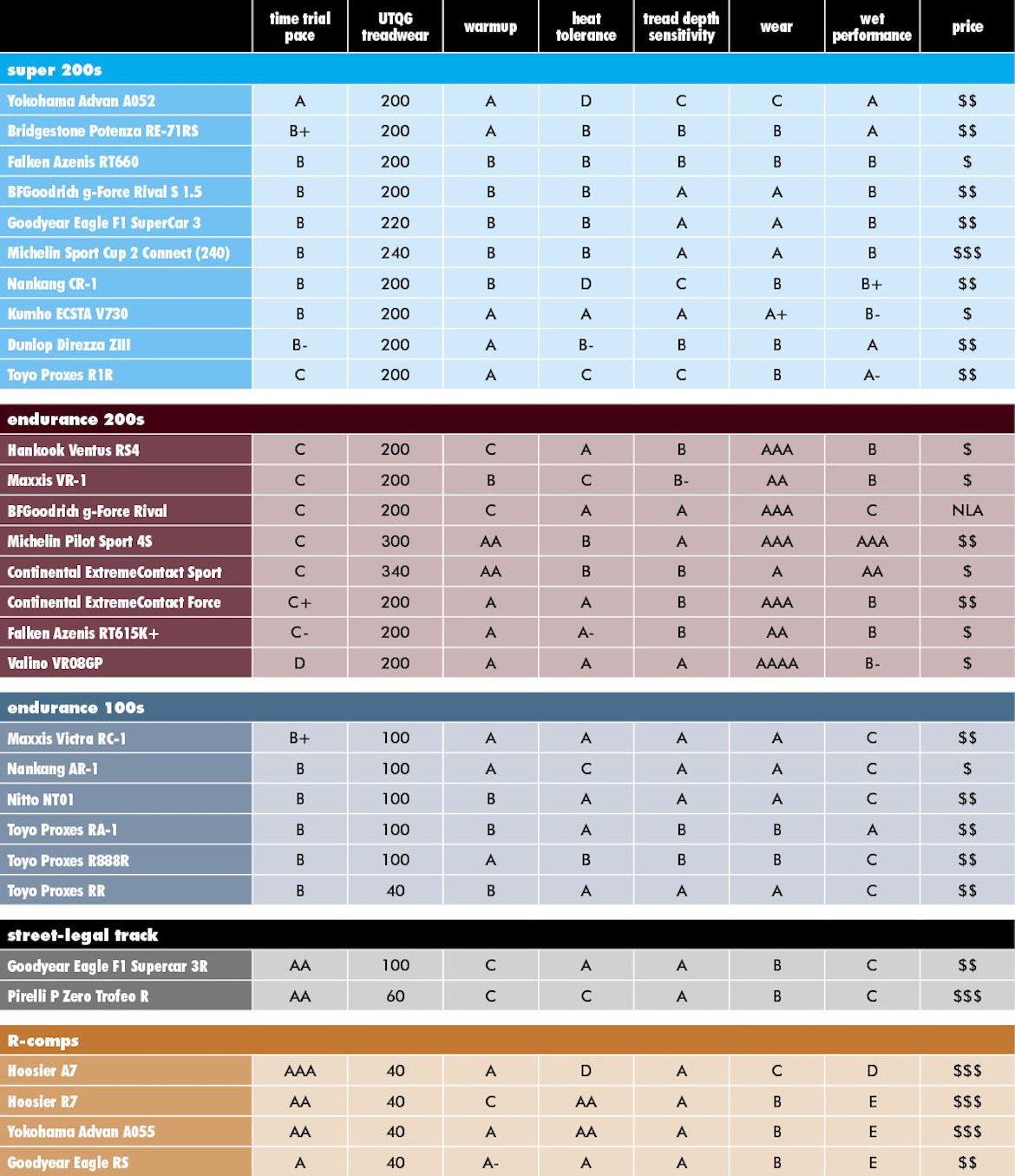
In fact, it is the only tire that has a positive modifier for NASA classing and also received an "A" rating for Time Trial Pace. [In this chart, the Street-Legal Track and R-Comp categories are all "No Modifier" tires.]
The two knocks you'll hear about the A052 are that 1) they don't tolerate heat well and 2) they are squirmy due to the large tread blocks. Still, the thought of a +1.0 tire that could potentially have near-Hoosier levels of grip certainly is enticing.
In my research on A052's it was difficult to find comparison between them and Toyo RR's or Maxxis RC-1's, probably because they are in somewhat of a different class of tires (street-able 200tw versus competition semi-slick). The A052's are usually compared to tires like the RE-71R, R888R, and NT01: other ultra-high-performance track-worthy street tires.
Heading into the largest TT5 field that I've raced at in the last several years, I decided to give the A052's a shot. My goal was to lay down my flyer early in the session, and hopefully achieve a pace in my E30 that I couldn't reach with the Toyo RR's. So how did it go?
Sometimes, the internet is right!
On the warm up lap of my "sticker" session with the Yoko A052s, I could immediately tell that they had a ton of grip! However, it's been about 2.5 years since I've raced on "street" tires, and these days my definition of a squirmy tire would be the Toyo RR (which indeed is not as stiff or responsive as a Hoosier R7).
In addition to having nearly double the thread depth as the Toyo RR (3.7/32" for the Toyo, versus 7/32" for the Yoko), the A052 also has quite a few more rain channels/tread blocks. These two factors combine for a tire that is very vague and yes, squirmy, even compared to the Toyo RR.
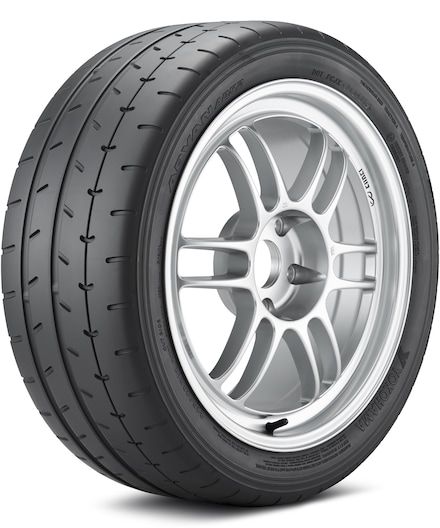
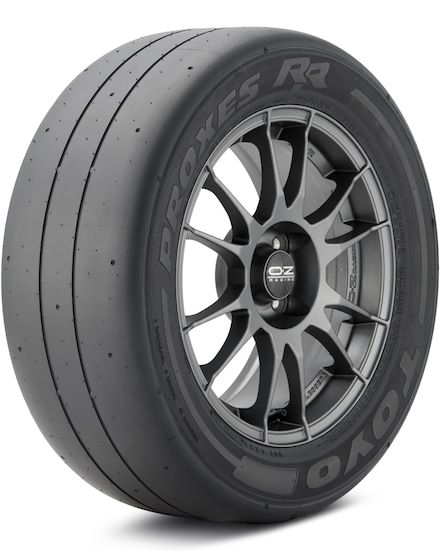
While the grip was there, I didn't have much confidence when driving the A052's hard. The car just never felt fully planted or sure-footed like it does even on the Toyo RR's. So, while I was hoping to go at least a few tenths faster on the A052's, I actually went a full second slower with them on a track with very short lap times (low 1:20's). I was so disappointed in the tires that I actually took them off after just one session, and went back to the Toyo RR's that I brought. The A052's will be relegated to warmup sessions and non-competitive track events.
I was not really prepared for how badly the A052's fell off when they got hot. I encountered a lot of traffic in my run group for the session that I ran them. Whenever I had to make an off-line pass or otherwise had to scrap a good lap, I made sure not to push the remainder of the lap, in order to try and keep the tires cool. I don't ever do this with the Toyo RR's, and those may only fall off a few tenths through a session. However, the Yokohama's were pretty greasy by about the 3rd lap, and by the 5th, the pace was gone, never to return.
As a driver who struggles to lay down his flyer on the first or second green flag lap, these tires just did not jive with my driving style or skill level.
Big Caveats
My test was not at all scientific, and I am sure that given more familiarity with the tire, I would be able to either close the gap or possibly even go faster with the A052's than I do with the RR's. That said, I don't see much reason to try. The loss of +0.6 mod factor and the higher price of the A052's mean they just aren't a contender for me.
There is one thing that may [greatly] improve A052's: tire shaving. Bringing the 7/32" tread depth down to something more manageable (like 3/32") would transform the tire by removing a lot of the squirminess, and it would probably increase their heat tolerance at the same time. That said, shaving a set of tires costs an additional $200+ per set, and would reduce their lifespan (though I'm not sure if they'd heat cycle out before cording?), but that would be something to consider for those that have to run this type of tire and are looking to get the absolute max out of it.
Parting Thoughts
If you must use a treaded street tire or have a 200 treadwear limitation, then the A052 is probably nearly impossible to beat. However, for NASA power to weight classes? I will continue to look elsewhere.


